Orifice Cavitating Flow Using Cavitation Model CFD Simulation – ANSYS Fluent Tutorial
Orifice Cavitating Flow Using Cavitation Model CFD Simulation – ANSYS Fluent Tutorial
- Upon ordering this product, you will be provided with a geometry file, a mesh file, and an in-depth Training Video that offers a step-by-step training on the simulation process.
- For any more inquiries regarding the product, please do not hesitate to reach out to us at info@CFDLAND.com or through our online support assistant.
€75.00
Orifice cavitation occurs when fluid passing through a narrow opening experiences a dramatic pressure drop, causing localized regions to fall below the fluid’s vapor pressure and form vapor bubbles that subsequently collapse downstream. This complex multiphase phenomenon presents significant engineering challenges in applications ranging from fuel injection systems to flow control valves, often leading to erosion damage, vibration, noise, and reduced flow efficiency. Based on methodologies from the research paper “Numerical Simulation of Orifice Cavitating Flows Using Two-Fluid and Three-Fluid Cavitation Models,” our study explores the fundamental physics of cavitation, though we are not conducting validation against this paper’s results. By analyzing parameters such as pressure coefficient, vapor volume fraction, and velocity distribution, engineers can optimize orifice designs to mitigate cavitation effects or harness them for specific applications like emulsification or mixing.
- Reference [1]: Darbandi, Masoud, and Hamed Sadeghi. “Numerical simulation of orifice cavitating flows using two-fluid and three-fluid cavitation models.” Numerical Heat Transfer, Part A: Applications6 (2010): 505-526.
Simulation Process
Our simulation begins in ANSYS Design Modeler where we create a half-model of the orifice geometry using an axisymmetric approach to reduce computational costs while maintaining solution accuracy. For the mesh, we implement a structured grid with refinement near the orifice walls and in expected cavitation regions to properly resolve sharp gradients and phase interfaces. In ANSYS Fluent, we select the Mixture Multiphase model to efficiently handle liquid-vapor interactions while configuring mass transfer between water and vapor phases. The Schnerr-Sauer cavitation model forms the core of our simulation, accurately capturing bubble nucleation, growth, and collapse based on local pressure conditions. This approach effectively predicts the vapor volume fraction distribution through transport equations with source terms for evaporation and condensation rates, allowing us to visualize the complex cavitation dynamics throughout the orifice flow field
Figure 1: Structure grid over orifice model for cavitation CFD Simulation
Post-processing
The static pressure contour shows a dramatic pressure drop from approximately 350,000 Pa upstream to nearly 3,540 Pa (vapor pressure) at the orifice entrance, creating ideal conditions for cavitation. This localized low-pressure region corresponds perfectly with the vapor volume fraction distribution, which shows peak values of 0.89 (89% vapor) forming precisely at the sharp edges of the orifice entrance. As fluid accelerates through the constriction, reaching velocities up to 27 m/s, the resulting pressure drop triggers the phase change phenomenon, creating a distinctive vapor cloud that extends downstream in a conical pattern. The vapor gradually diminishes as pressure recovers further downstream where velocity decreases flow. This simulation clearly demonstrates how geometric features significantly impact cavitation behavior – the sharp entrance edge creates an intense pressure gradient and flow separation, concentrating cavitation at the wall boundaries rather than in the central flow region. The relationship between the pressure field and vapor formation confirms the effectiveness of the Schnerr-Sauer model in capturing the physics of cavitation inception and development, providing valuable insights for mitigating potential erosion damage in orifice-based flow systems.
Figure 2: cavitation in orifice due to dramatic pressure drop
We pride ourselves on presenting unique products at CFDLAND. We stand out for our scientific rigor and validity. Our products are not based on guesswork or theoretical assumptions like many others. Instead, most of our products are validated using experimental or numerical data from valued scientific journals. Even if direct validation isn’t possible, we build our models and assumptions on the latest research, typically using reference articles to approximate reality.
Yes, we’ll be here . If you have trouble loading files, having technical problems, or have any questions about how to use our products, our technical support team is here to help.
You can load geometry and mesh files, as well as case and data files, using any version of ANSYS Fluent.
€145.00 Original price was: €145.00.€65.00Current price is: €65.00.

€220.00 Original price was: €220.00.€125.00Current price is: €125.00.

€145.00 Original price was: €145.00.€115.00Current price is: €115.00.

€175.00 Original price was: €175.00.€125.00Current price is: €125.00.

€245.00 Original price was: €245.00.€199.00Current price is: €199.00.

€205.00 Original price was: €205.00.€155.00Current price is: €155.00.


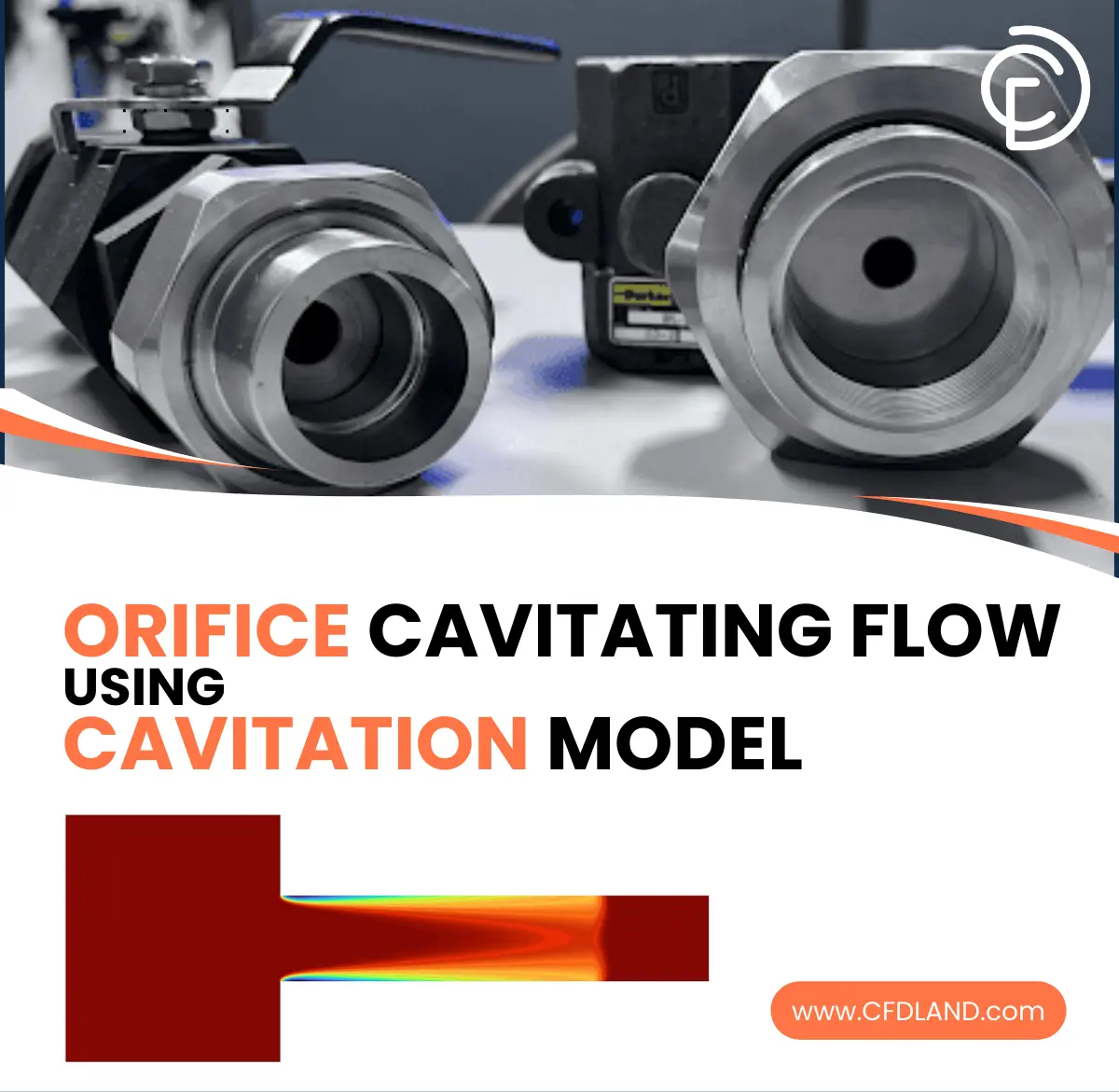
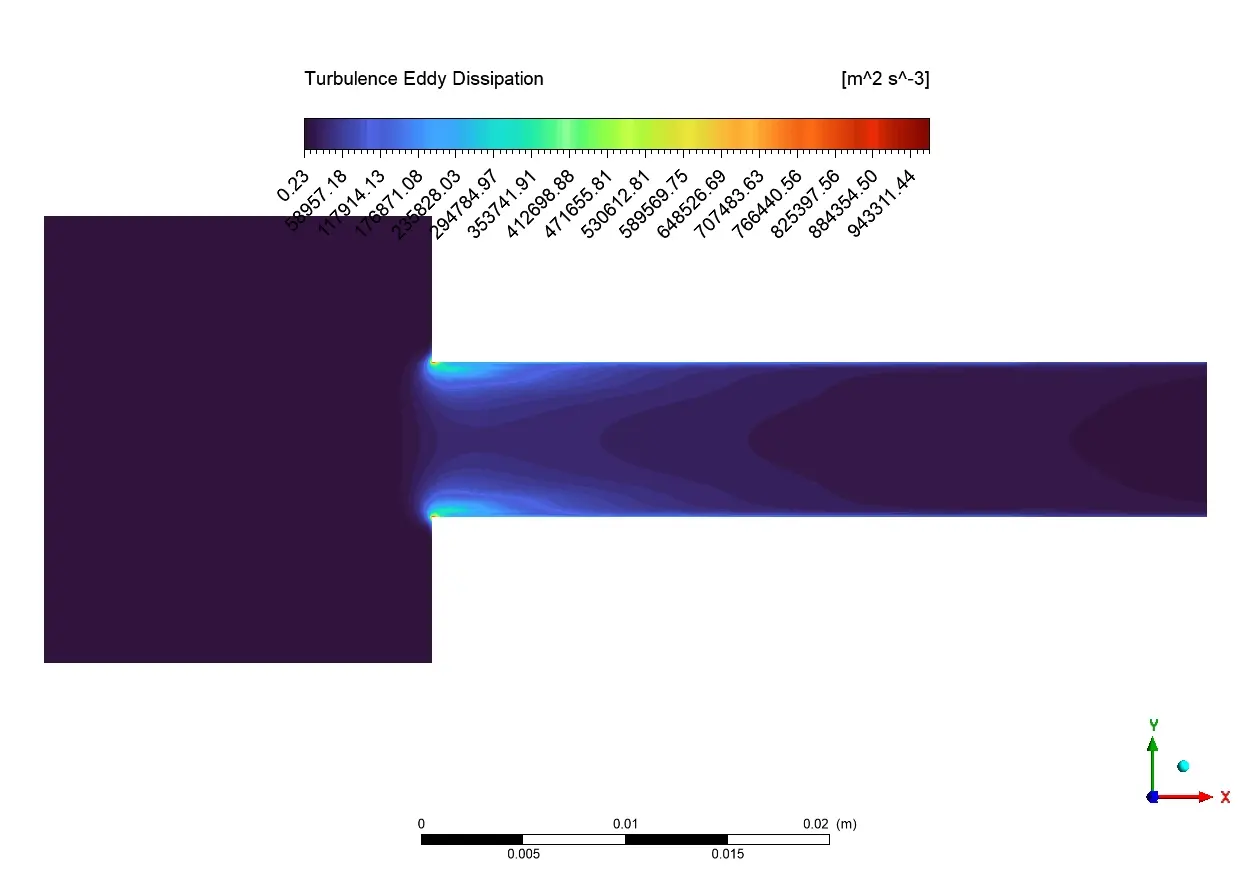
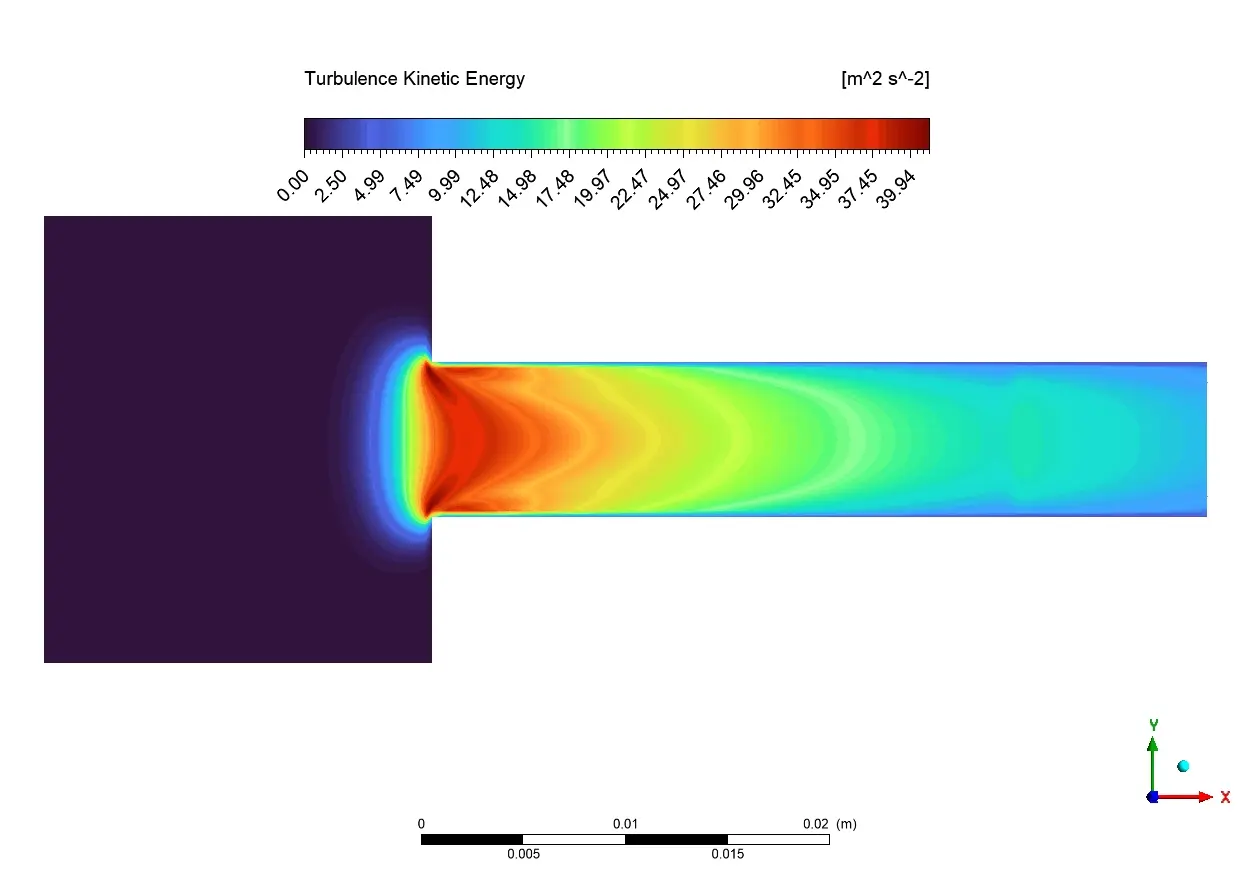
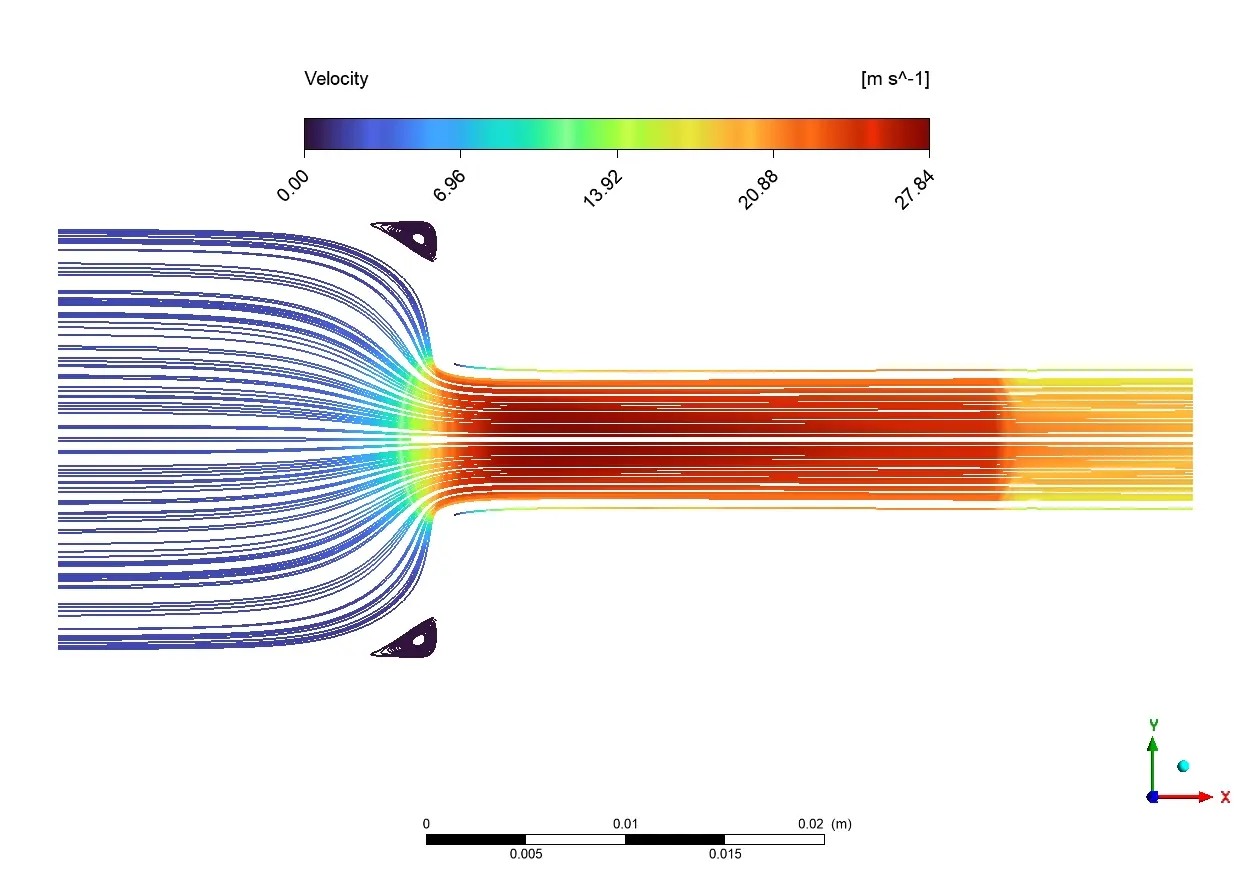
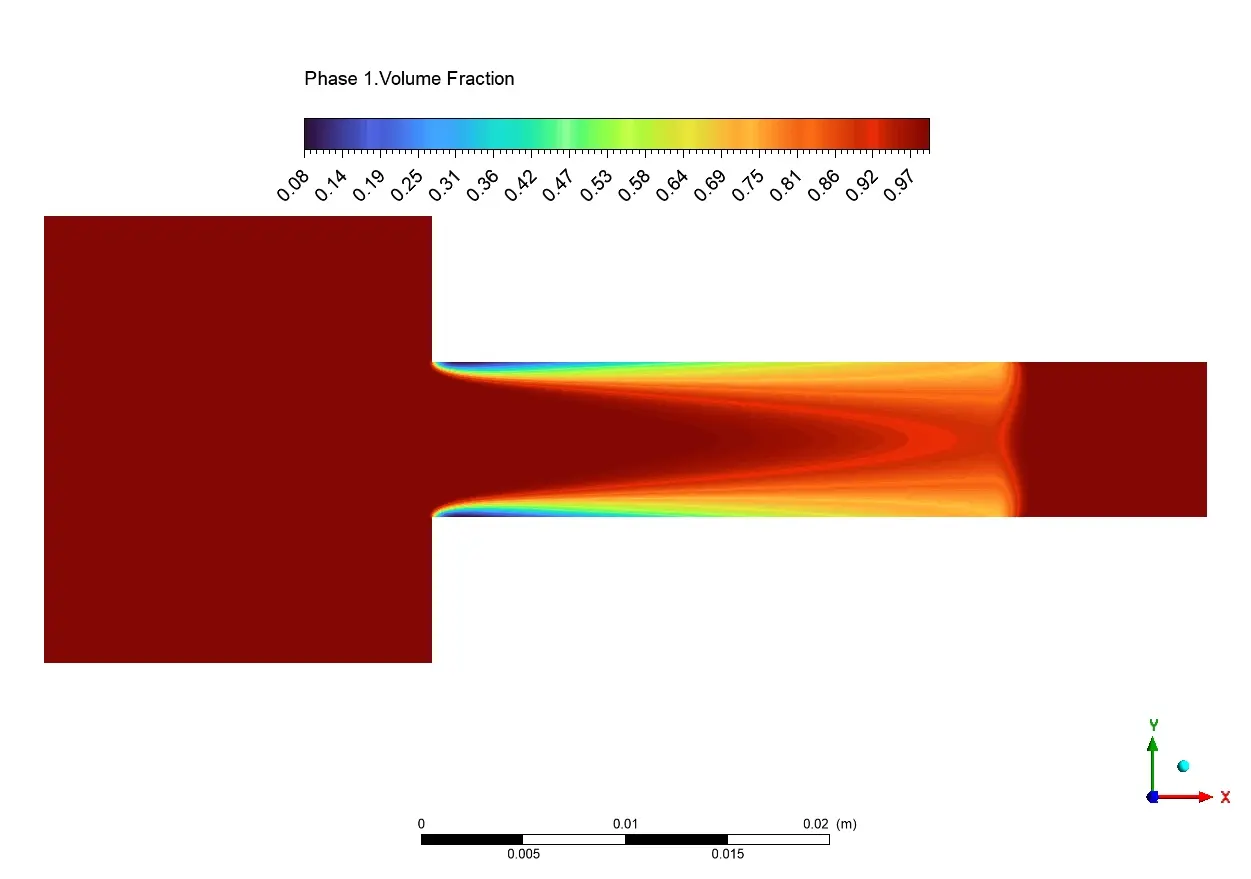
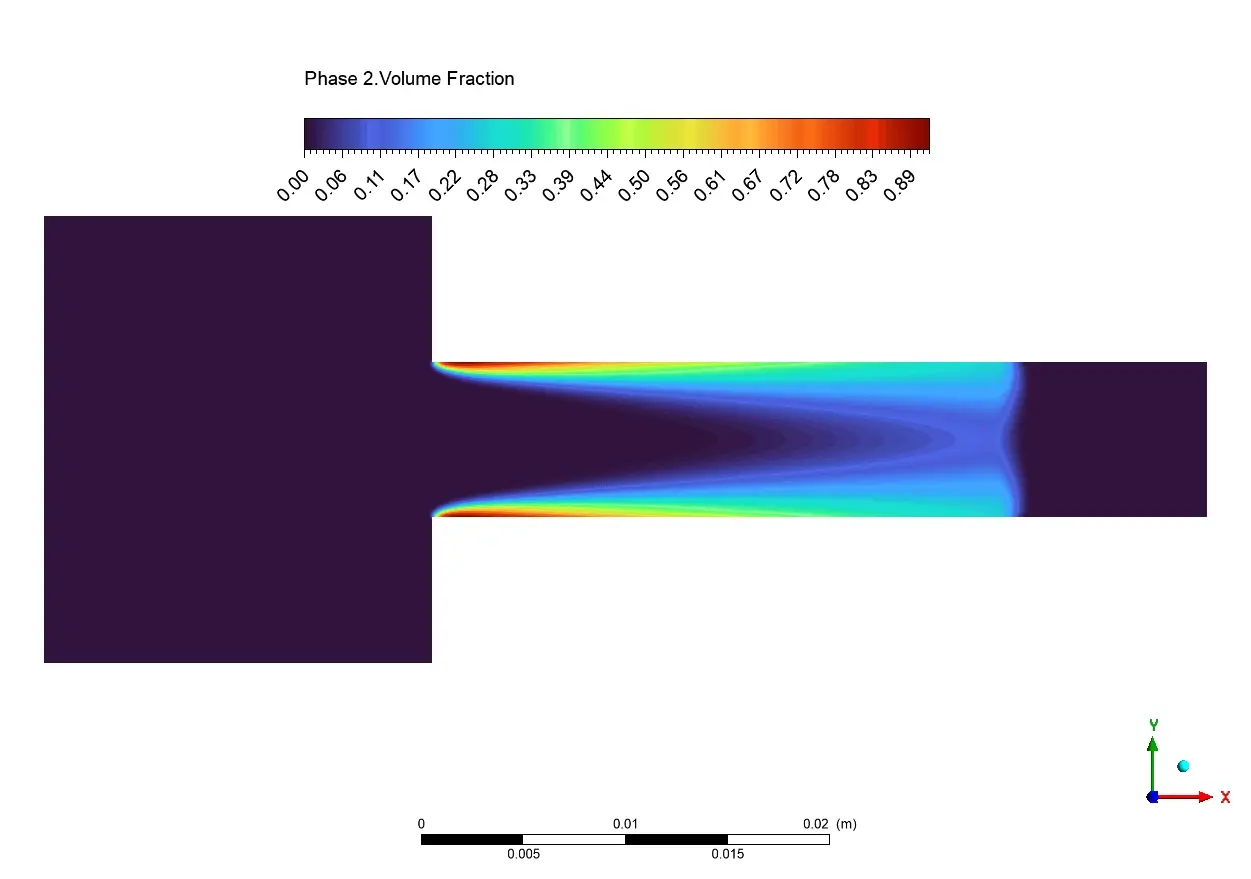
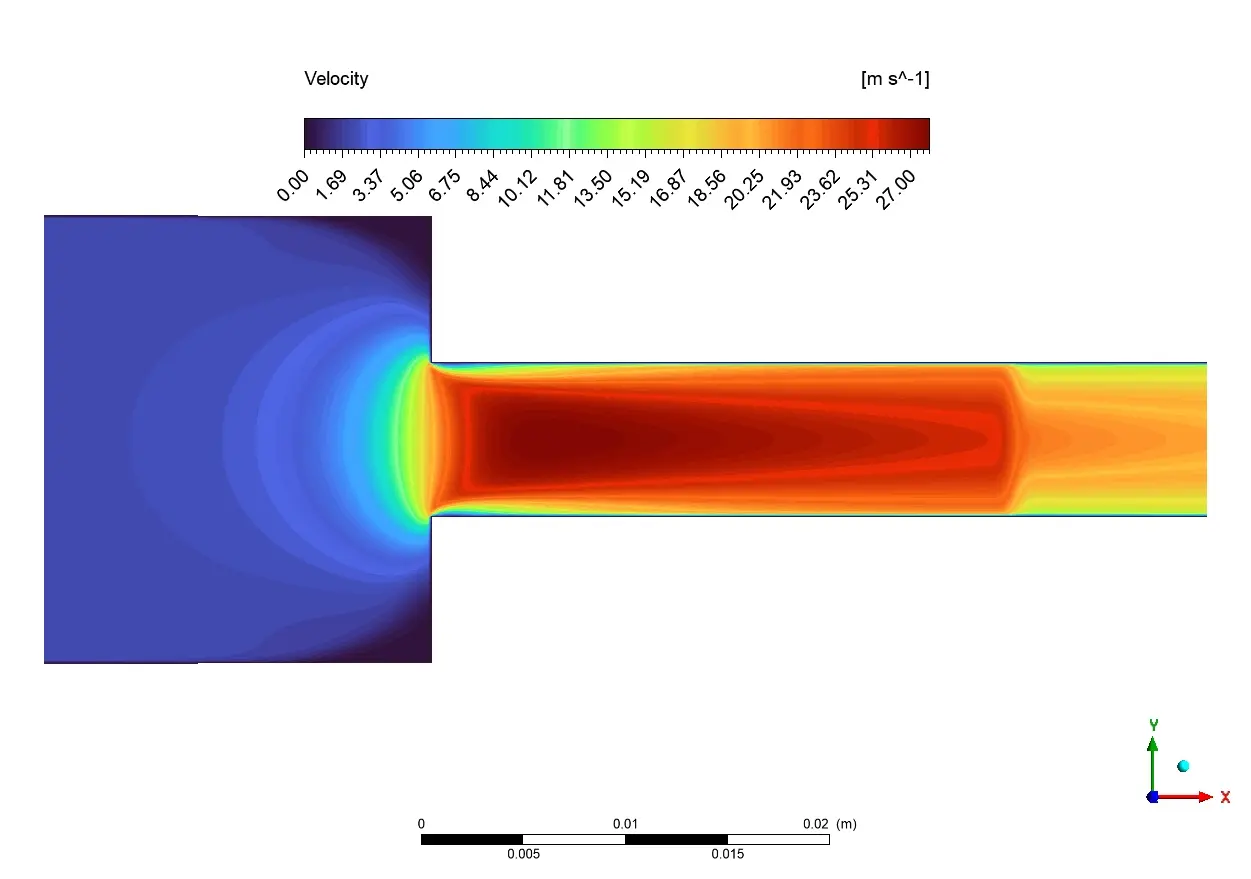
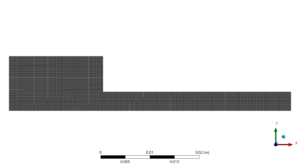
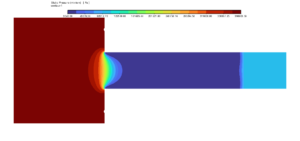
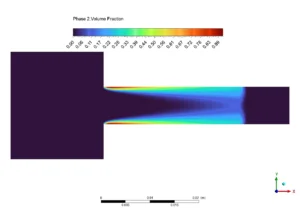





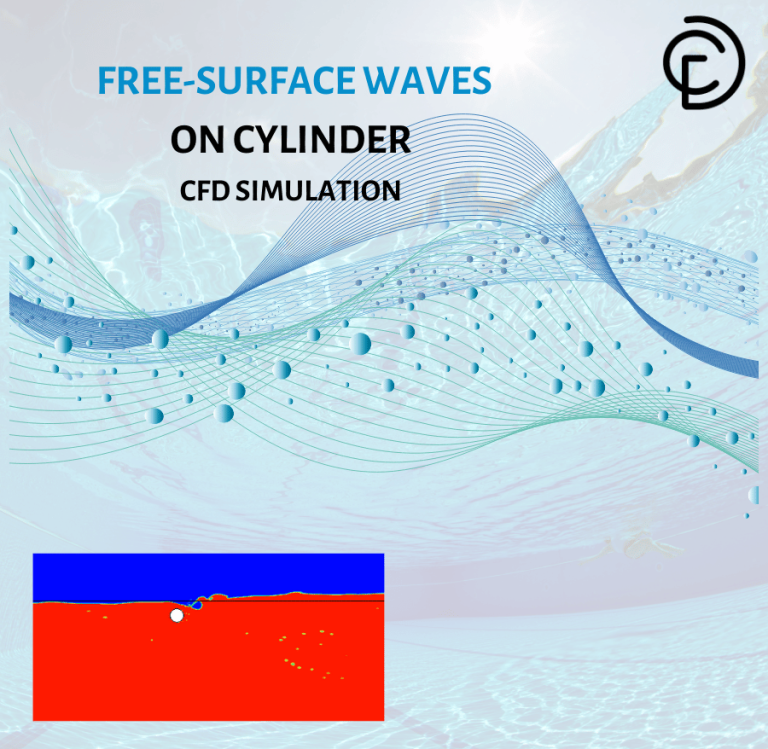
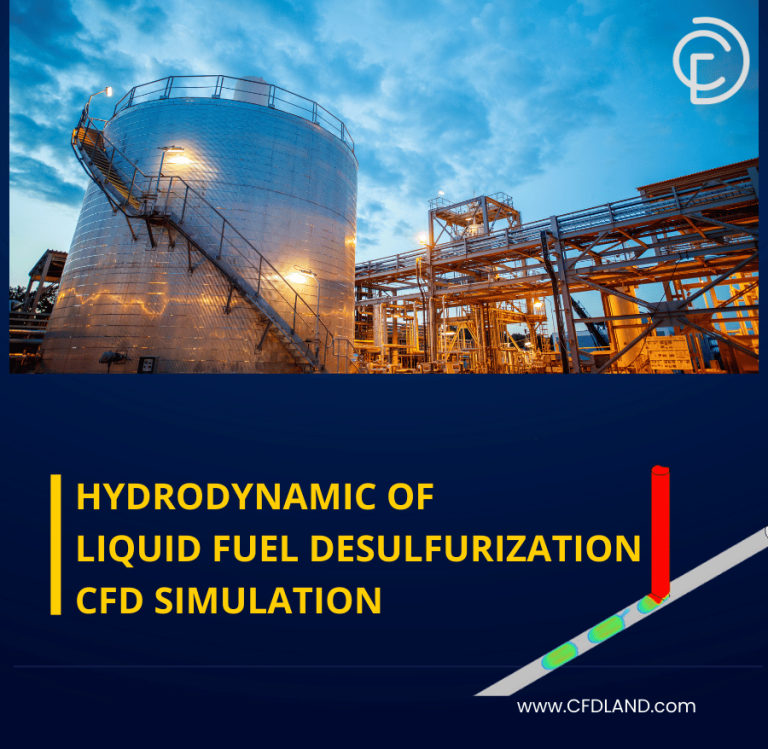
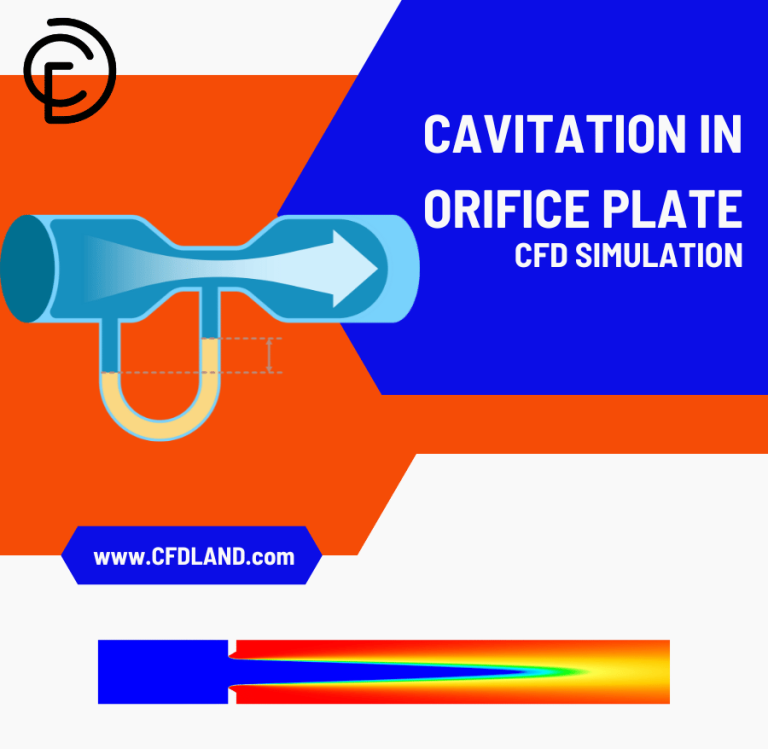
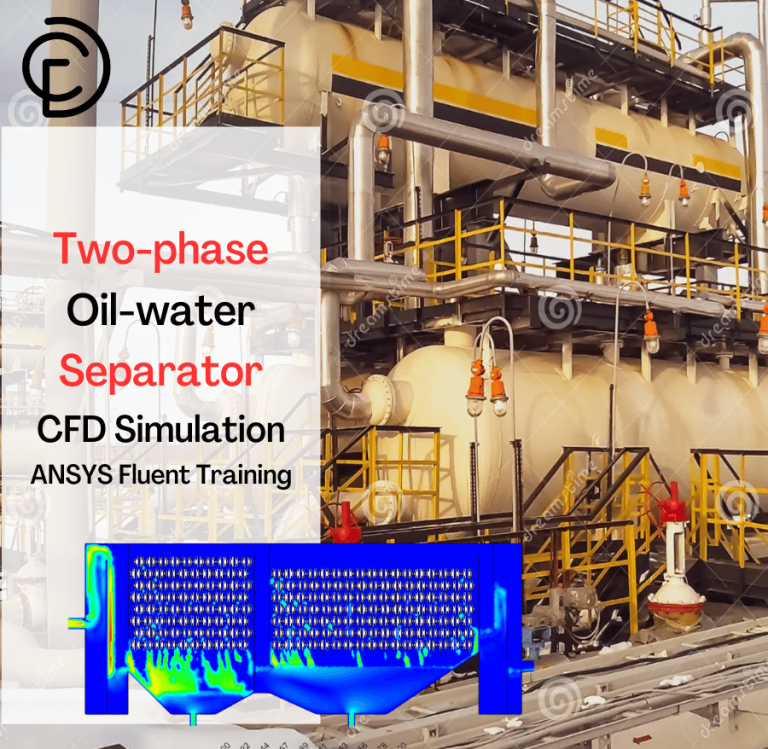
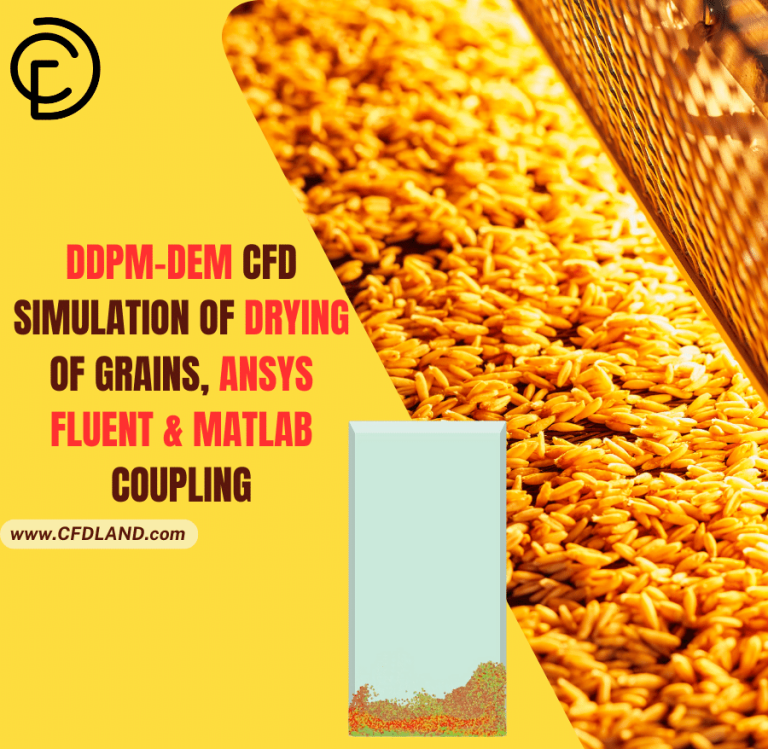
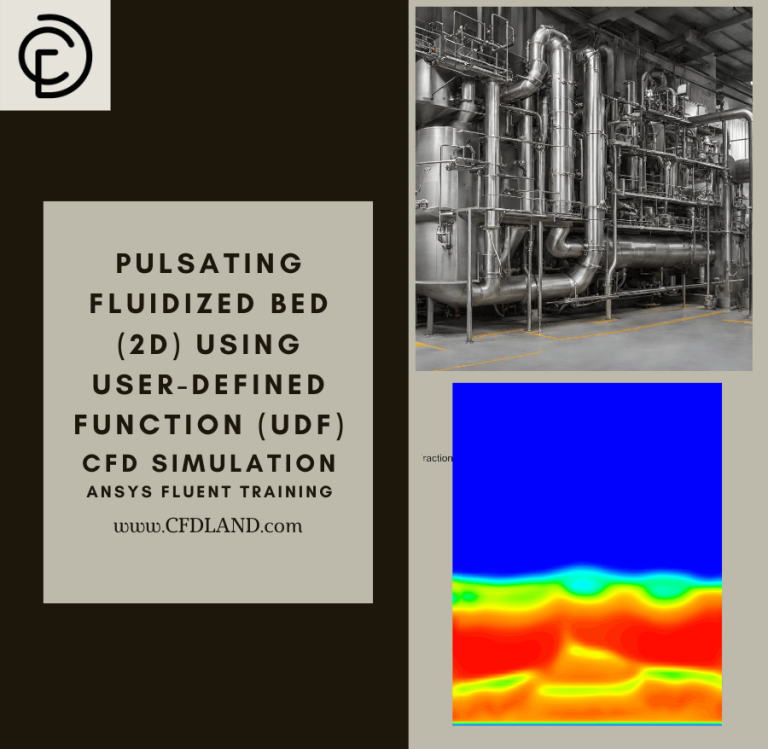
Reviews
There are no reviews yet.